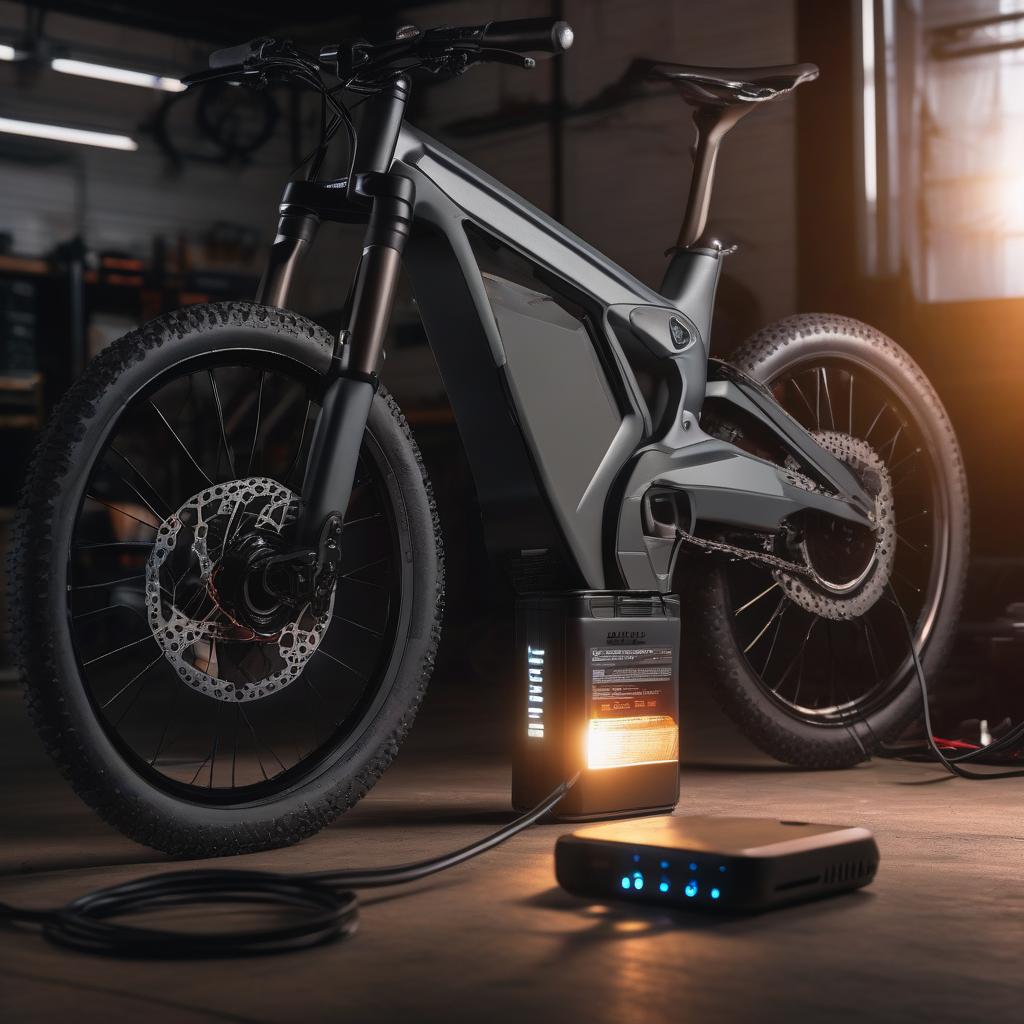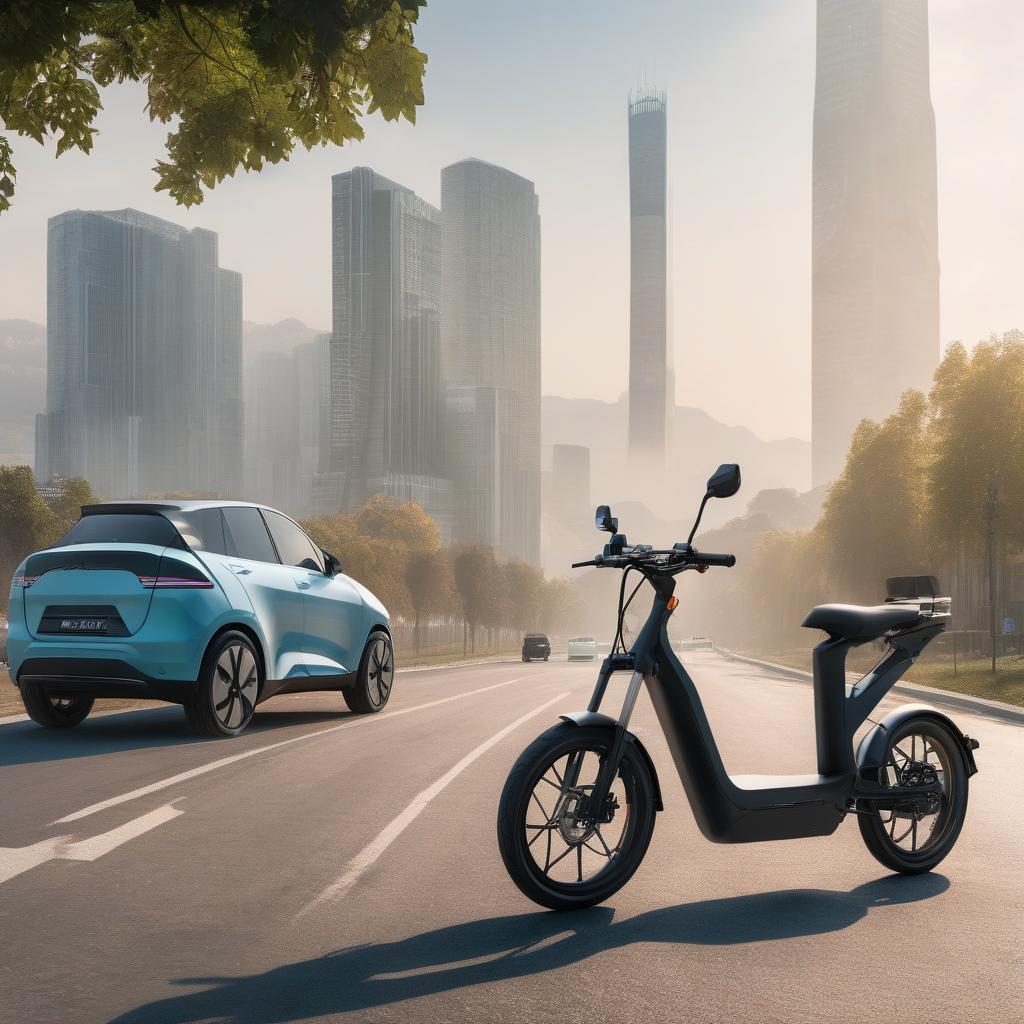A Comprehensive Comparison of Lithium-Ion and Lead-Acid Batteries for Electric Vehicles and Energy Storage
The rise of electric vehicles (EVs) and the growing need for efficient energy storage solutions have placed a spotlight on battery technologies. Among the contenders, Lithium-ion (Li-ion) and Lead-acid batteries stand out as the two most prominent options. Both have their merits and limitations, and understanding their differences is crucial for selecting the right battery for specific applications.
This research article provides a comprehensive comparison of Li-ion and Lead-acid batteries, exploring their fundamental principles, performance characteristics, advantages, disadvantages, and applications, ultimately offering insights for optimal battery selection in various fields.
1. Fundamental Principles and Chemistry
1.1 Lithium-Ion Batteries
Li-ion batteries are based on the reversible intercalation (insertion) and deintercalation of lithium ions between two electrodes with different electrochemical potentials. During discharge, lithium ions migrate from the anode (typically graphite) through an electrolyte to the cathode (a lithium metal oxide), creating an electrical current. The reverse process occurs during charging.
Key Advantages:
- High Energy Density: Li-ion batteries boast significantly higher energy density than Lead-acid batteries, meaning they can store more energy for a given weight or volume.
- Lightweight: The materials used in Li-ion batteries are inherently lighter than those in Lead-acid batteries, making them ideal for applications where weight is a critical factor, such as EVs and portable electronics.
- Long Lifespan: Li-ion batteries generally have a longer lifespan, measured in charge cycles, compared to Lead-acid batteries.
1.2 Lead-Acid Batteries
Lead-acid batteries are one of the oldest rechargeable battery technologies. They generate electricity through a chemical reaction between lead plates immersed in a sulfuric acid electrolyte. During discharge, lead sulfate forms on both electrodes, and the electrolyte’s sulfuric acid concentration decreases. The reverse reaction occurs during charging.
Key Advantages:
- Low Cost: Lead-acid batteries are significantly cheaper to manufacture than Li-ion batteries, making them a cost-effective option for applications where budget is a primary concern.
- Wide Availability: Lead-acid batteries are readily available in various sizes and capacities, making them suitable for diverse applications.
- Simple Technology: Lead-acid batteries have a relatively simple design and manufacturing process, contributing to their lower cost and wide availability.
2. Performance Characteristics and Comparison
| Feature | Lithium-Ion | Lead-Acid |
|---|---|---|
| Energy Density | High (100-265 Wh/kg) | Low (30-50 Wh/kg) |
| Lifespan | Long (500-1000+ cycles) | Short (200-300 cycles) |
| Self-Discharge Rate | Low (1-5% per month) | High (5-10% per month) |
| Operating Temperature | Wide (-20°C to 60°C) | Limited (0°C to 40°C) |
| Safety | Concerns regarding thermal runaway | Relatively safer |
| Cost | High | Low |
| Environmental Impact | Concerns regarding material sourcing & disposal | Lead recycling infrastructure in place |
3. Applications and Suitability
3.1 Lithium-Ion Batteries
- Electric Vehicles: High energy density and lightweight design make Li-ion batteries the dominant choice for EVs, offering extended range and improved efficiency.
- Portable Electronics: Smartphones, laptops, tablets, and other portable devices rely heavily on Li-ion batteries for their power needs.
- Renewable Energy Storage: Li-ion batteries are increasingly used for residential and grid-scale energy storage, enabling the integration of solar and wind power into the electric grid.
3.2 Lead-Acid Batteries:
- Starting, Lighting, and Ignition (SLI) Batteries: Lead-acid batteries remain the primary choice for starting engines in traditional gasoline-powered vehicles.
- Backup Power Systems: Their low cost and wide availability make them suitable for backup power applications, such as uninterruptible power supplies (UPS) for critical equipment.
- Forklifts and Golf Carts: Deep-cycle Lead-acid batteries are commonly used in applications requiring moderate power and deep discharge capabilities.
4. Future Trends and Developments
4.1 Lithium-Ion Battery Advancements
- Solid-State Electrolytes: Research into solid-state electrolytes promises to enhance safety, energy density, and lifespan of Li-ion batteries.
- Advanced Cathode Materials: Exploring new cathode materials, such as lithium-rich layered oxides, aims to further increase energy density and improve performance.
4.2 Lead-Acid Battery Improvements:
- Advanced Lead-Carbon Batteries: Incorporating carbon materials into the lead plates can enhance the performance and lifespan of Lead-acid batteries.
- Enhanced Electrolytes: Research into new electrolytes aims to improve the efficiency and lifespan of Lead-acid batteries.
5. Conclusion
Both Li-ion and Lead-acid batteries have their place in the evolving energy landscape. Li-ion batteries excel in applications demanding high energy density, lightweight design, and long lifespan, making them ideal for EVs and portable electronics. Conversely, Lead-acid batteries remain a cost-effective and readily available option for SLI applications, backup power systems, and certain industrial uses.
Ultimately, the choice between Li-ion and Lead-acid batteries depends on the specific application requirements, balancing factors such as energy density, lifespan, cost, safety, and environmental impact. As research and development continue, both battery technologies are expected to see further advancements, expanding their applications and contributing to a more sustainable energy future.
6. Beyond the Binary: A New Generation Emerges
While Li-ion and Lead-acid batteries have long dominated the energy storage landscape, a new wave of contenders is emerging, each with the potential to reshape the future of energy.
- 6.1 Sodium-Ion Batteries: The Abundant Alternative
- Imagine a world where batteries are made from readily available, inexpensive materials like sodium, found in abundance in seawater. Sodium-ion batteries offer a potentially more sustainable and cost-effective alternative to lithium-ion, especially for grid-scale energy storage.
- 6.2 Flow Batteries: Scaling Up for the Grid
- Picture massive tanks of liquid electrolytes, capable of storing vast amounts of energy for hours or even days. Flow batteries excel in grid-scale applications, providing stability and reliability to renewable energy sources like solar and wind power.
- 6.3 Metal-Air Batteries: The Energy Density Champions
- Envision batteries with energy densities exceeding anything currently available, capable of powering electric vehicles for thousands of miles on a single charge. Metal-air batteries, utilizing metals like lithium, zinc, or aluminum, hold the promise of revolutionizing transportation and beyond.
7. A Holistic Perspective: More Than Just Technology
The choice of battery technology extends far beyond technical specifications. It involves a complex interplay of economic, environmental, and societal factors.
- 7.1 Economic Viability: The Price of Progress:
- The cost of battery production, raw materials, and recycling infrastructure all influence the economic viability of different battery technologies.
- 7.2 Environmental Stewardship: A Shared Responsibility:
- Life-cycle analysis, assessing the environmental impact of battery production, use, and disposal, is crucial for promoting sustainable battery technologies.
- 7.3 Social Equity: Access and Affordability:
- Ensuring equitable access to clean, affordable energy storage solutions is essential for addressing global energy poverty and promoting a just transition to a sustainable future.
8. The Future is Electric (and Diverse): A Spectrum of Solutions
The future of energy storage is not about a single winner but rather a diverse ecosystem of battery technologies, each tailored to specific applications and needs.
- 8.1 Tailored Solutions: Horses for Courses:
- Just as a carpenter chooses different tools for different tasks, we’ll likely see a range of battery technologies employed based on their unique strengths and suitability for various applications.
- 8.2 Continuous Innovation: Pushing the Boundaries:
- Research and development efforts continue to push the boundaries of battery technology, leading to improvements in energy density, lifespan, safety, and cost-effectiveness.
- 8.3 A Collaborative Future: Industry, Government, and Academia Unite:
- Addressing the challenges and opportunities of a more electric future requires collaboration and innovation across industry, government, and research institutions.
9. The Power to Shape the Future
The transition to a more sustainable and energy-efficient world hinges on our ability to harness the power of advanced battery technologies. By embracing innovation, prioritizing responsible practices, and fostering collaboration, we can create a future where clean, reliable, and affordable energy is accessible to all. The future of energy storage is bright, and it’s up to us to illuminate the path forward.


